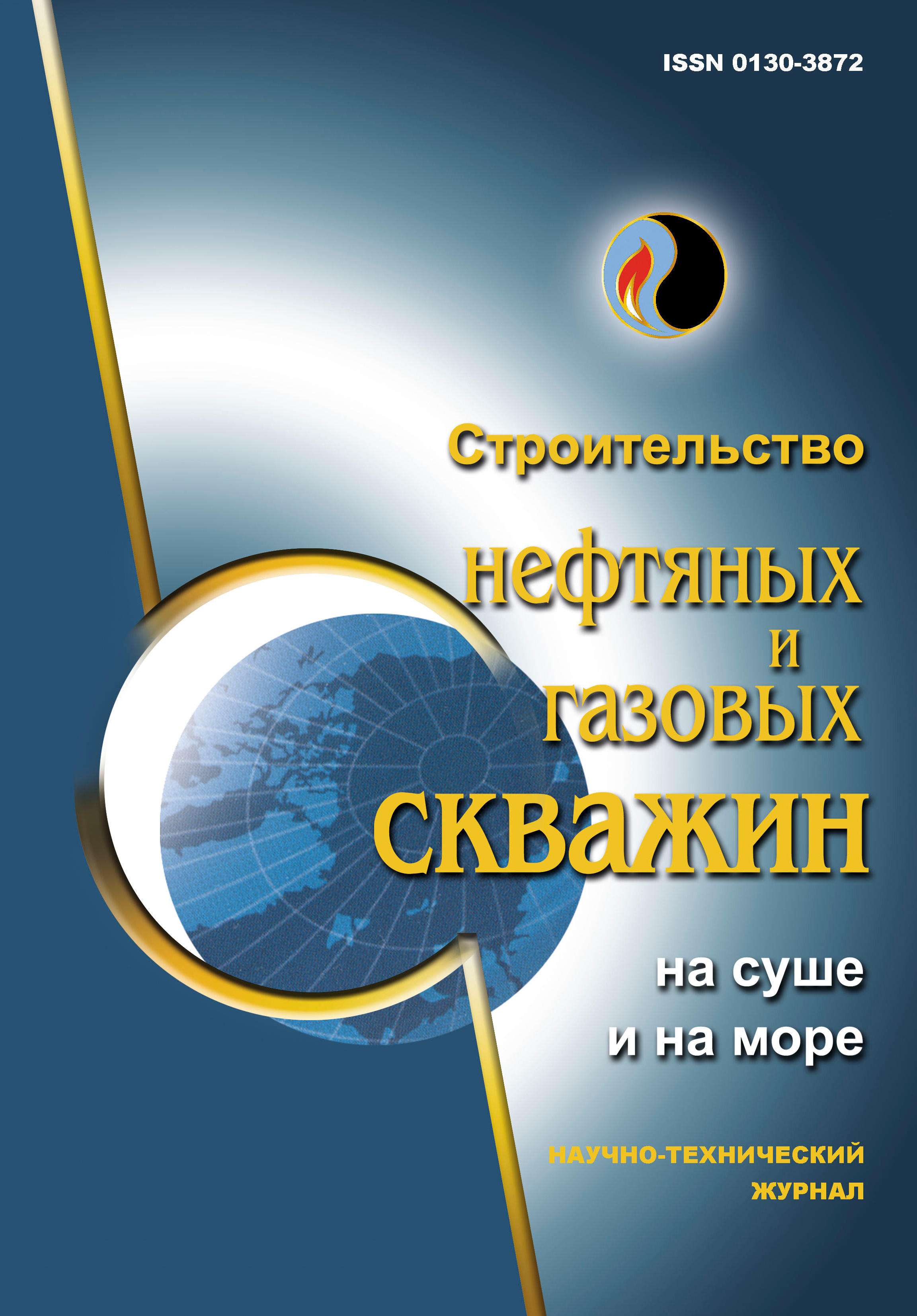Interaction of Znamenskaya brain with sodium chloride brine
UDC: 550.4.01
DOI: -
Authors:
BRAGINA ORIANDA A. 1
1,
VAKHROMEEV ANDREY G. 1,2,3
1,2,3,
TASHKEVICH IVAN D. 1
1,
BUGLOV NIKOLAY A. 2
2,
SVERKUNOV SERGEY A. 1,2
1,2
1 Institute of the Earth's Crust, Siberian Branch of the Russian Academy of Sciences, Irkutsk, Russia
2 Irkutsk National Research Technical University, Irkutsk, Russia
3 RN-Burenie, Irkutsk, Russia
Keywords: sodium chloride, mineralization, formation waters, formation opening, drilling
Annotation:
Today, in the fields of the Irkutsk region, productive horizons are mainly opened using drilling fluid based on strong sodium chloride brine. The use of this type of solution solves many geological issues due to the inertness of the dispersion medium of the drilling mud to the rocks of the productive formation. However, the problem of the formation of monolithic halite formations arises when the solution filtrate comes into contact with formation water. Based on this fact, it is necessary to assess the consequences of mixing various formation waters with drilling fluid filtrate. Laboratory studies were carried out to assess the consequences of mixing diverse aquatic highly mineralized systems. They revealed that the main problematic factor is the precipitation of monolithic halite formations in the cracks and pores of a productive formation, which can cause missing of a hydrocarbon-containing object. The laboratory research resulted in assessing the interaction of various mineralized formation waters with sodium chloride solution. The accumulation of any component in the liquid phase is approximately equal to its average concentration in the initial volumes of mixed waters. When mixing, the transition boundary of calcium chloride brines into sodium chloride solutions is determined by the sodium content in the source waters.
Bibliography:
1. Vakhromeev A.G. Zakonomernosti formirovaniya i lokalizatsii mestorozhdeniy promyshlennykh rassolov v karbonatnykh kavernovo-treshchinnykh rezervuarakh kembriya yuga Sibirskoy platformy (po dannym glubokogo bureniya, ispytaniya skvazhin i polevoy geofiziki): monogr. – Irkutsk: Izd-vo IrNITU, 2015. – 248 s.
2. Sizykh V.I. Shar'yazhno-nadvigovaya tektonika okrain drevnikh platform. – Novosibirsk: Izd-vo SO RAN, Filial "Geo", 2001. – 154 s.
3. Dzyuba A.A., Borisov V.N., Pinneker E.V. Rekomendatsii po poiskam i osvoeniyu promyshlennykh rassolov Sibirskoy platformy. – Irkutsk, 1984. – 288 s.
4. Pat. 2221755 Ros. Federatsiya, MPK C02F 9/02, E21B 43/28. Sposob polucheniya neorganicheskogo burovogo reagenta i ustanovka dlya ego osushchestvleniya / O.B. Sukmanskiy, S.Yu. Bukharov, G.V. Zverev [i dr.]. – № 2002108307/15; zayavl. 01.04.2002; opubl. 20.01.2004, Byul. № 2.
5. Lur'e Yu.Yu. Spravochnik po analiticheskoy khimii. – M.: Khimiya, 1989. – S. 48–49.
6. Pat. 2227122 Ros. Federatsiya, MPK C01F 5/00, C01F 11/00, C01D 3/00. Sposob polucheniya solevogo kontsentrata / A.G. Vakhromeev, O.B. Sukmanskiy, A.E. Khudyakov [i dr.]. – № 2002119943/15; zayavl. 22.07.2002; opubl. 20.04.2004, Byul. № 11.

